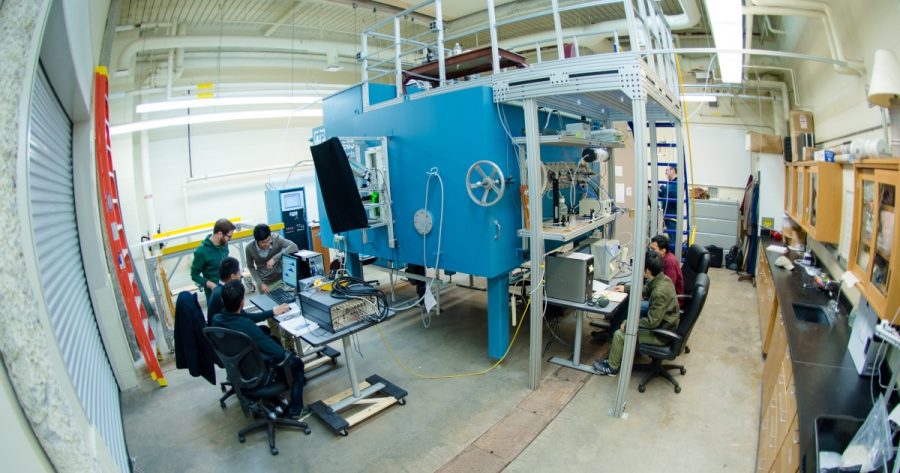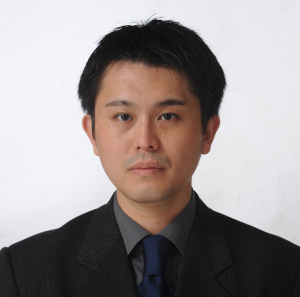Research by Claudio Mazzoleni and physics alumni Susan Mathai ’23 and Swarup China ’12 featured in a news article in Environmental Molecular Sciences Laboratory (EMSL) at the Pacific Northwest National Laboratory (PNNL) by the EMSL. Mazzoleni and a multi-institutional team of researchers set out to determine exactly how solar radiation from the sun interacts with individual tar balls dispersed over a mountainous region in northern Italy. The research assesses the optical properties of individual tar balls to better understand their influence on climate.
Tar balls, found in biomass-burning smoke (think smoke from forest fires), impact the Earth’s radiative balance. Understanding the optical properties of tar balls can help reduce uncertainties associated with the contribution of biomass-burning aerosol in current climate models.
The original paper was selected for the cover of the Nov 7th issue of Environmental Science and Technology, and was co-authored by Tyler Capek and Susan Mathai (both Physics); Daniel Veghte of The Ohio State University; Zezhen Cheng, Swarup China ’12 (PhD Atmospheric Sciences), Libor Kovarik, Mazzoleni, and Kuo-Pin Tseng, of the PNNL; and Silvia Bucci and Angela Marinoni, Institute of Atmospheric Sciences and Climate (ISAC)-National Research Council of Italy.
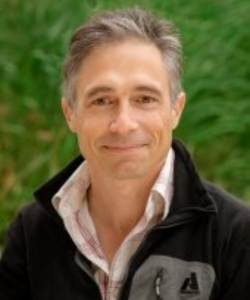

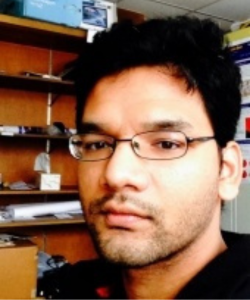
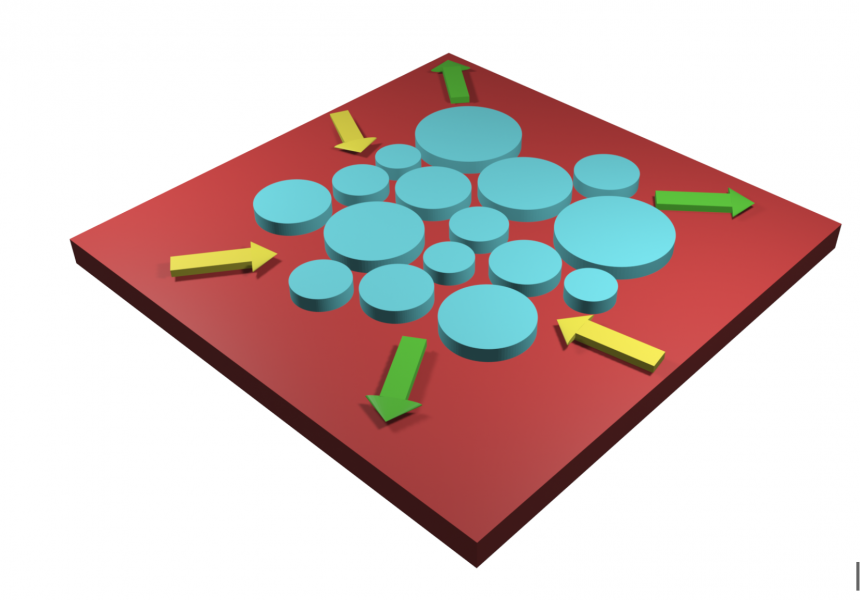
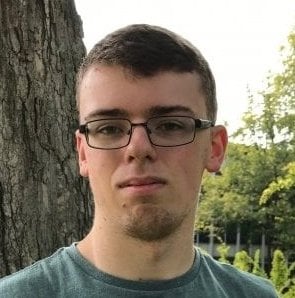
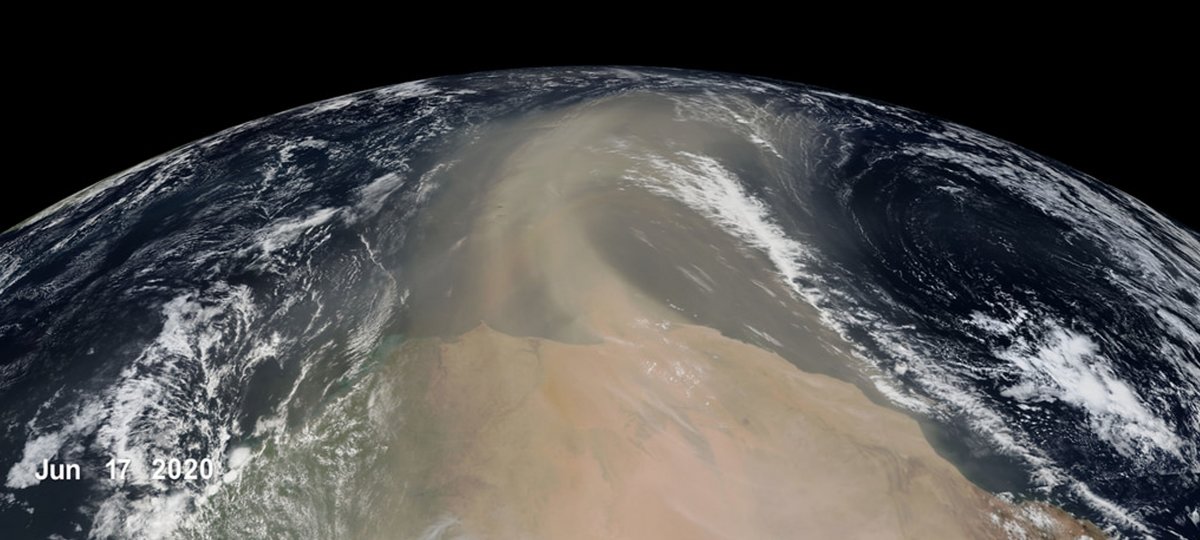
![Image of Anthony Palmer and Elijah Cobb in front of their poster at Michigan Tech’s Computing [MTU] Showcase](https://blogs.mtu.edu/physics/files/2022/04/20220405_1745030-800x600.jpg)
